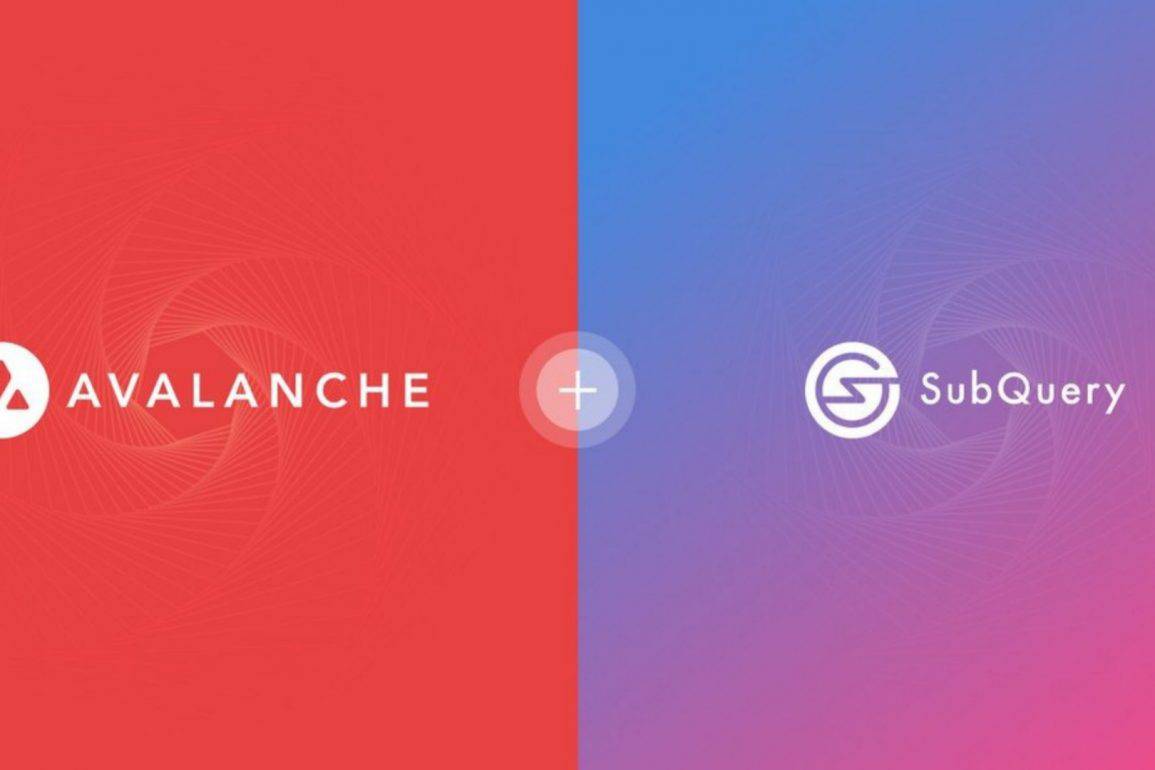- Summary:
- Data indexing platform, SubQuery, has branched off to Avalanche. What does it bring to the ecosystem? We tell you what’s in store.
Data indexing solution provider, SubQuery, has announced expansion into Avalanche. In line with that development, it has lined up a presentation this week in Barcelona during the Avalanche Summit. Avalanche Summit attendees will get an early look at what SubQuery will be bringing to the ecosystem. Afterwards, the full version will be rolled out in the coming weeks.
Notably, SubQuery is on a mission to expand in more Layer-1 blockchains in the near future. Currently, it has developed a priority list consisting of four other Layer 1 blockchains. Developers on Avalanche can now expect to benefit from SubQuery’s fast, flexible and open data indexing. Additionally, SubQuery brings developer support, documentation, free managed hosting, among other tools.
“We are pleased to provide the same level of developer tools and support to Avalanche that we do to Polkadot,” said Sam Zou, Founder and CEO of SubQuery. He added that the platform will always operate from Polkadot but will continue pursuing its mission of helping developers with innovative and creative indexing solutions for Web 3.
To make it easier for developers to use its services, SubQuery has a Developers’ Grants Program. This is an essential component of product development, especially for startups. Also, the platform has a training program, dubbed “Hero Course”, which trains developers on how to build applications.
About SubQuery
SubQuery came into being in 2021, following successful fundraising from VCs. It operates on Polkadot, and its core business is servicing Polkadot and Substrate projects. By serving the backend as a separate system, it ensures that developers no longer need to set up dedicated data processing servers. Therefore, this means that product development and user experience can take precedence over the time and effort required to design a custom querying system.
The platform plans to launch the SubQuery Network in Q2 of 2022. Consequently, it has embarked on decentralizing its services and creating a token to power the network’s operations.


